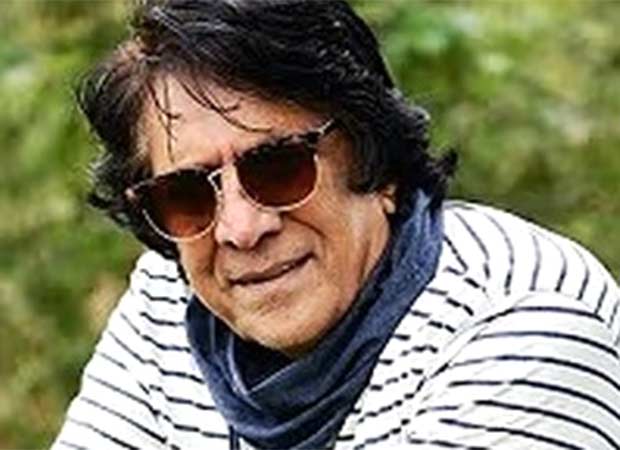The Aam Aadmi Party’s (AAP) flagship welfare schemes – direct subsidy on electricity, water and bus rides for women – in the national capital have often generated debates.
In fact, the Congress and the Bharatiya Janata Party (BJP) – the two opposition parties – have promised to continue AAP governments free electricity to the residents of Delhi, if they come to power in the upcoming Assembly elections.
Subsidy on electricity, water and bus rides for women have been main poll plank for Arvind Kejriwal-led AAP in the last two assembly elections in 2025 and 2020 that the party won with a brute majority.
On December 12, Kejriwal announced that the Delhi government cabinet has approved the Mahila Samman Yojana, under which ₹1,000 will be given to eligible women of the national capital each month.
Kejriwal said while the ₹1,000 aid will be rolled out from now, the amount will be increased to ₹2,100, if AAP returns to power in the upcoming elections.
The elections to the 70-member Delhi assembly are expected to be held in February next year.
How much does a household in Delhi save through AAP schemes? Families in Delhi saved ₹2,464 per month due to the combined policies of AAP government, a new book has revealed.
The book, “The Delhi Model: A Bold New Road Map to Building a Developed India” by senior AAP leader Jasmine Shah on the Delhi model of governance will be released in the national capital today, December 15.
“A household sample survey among 70 per cent of Delhi’s households receiving full electricity subsidy revealed that families saved as average ₹2,464 per month due to the combined policies of the AAP government,” reads the book published by Penguin Random House India.
Divided into eight chapters, Shah’s book provides an in-depth account of the AAP government’s reforms in education, healthcare, air pollution, transport, electricity, and water.
‘Trickle- Down vs Trickle-Up Economics.’
“Almost 76 per cent of the families benefited from zero water bill, 65 per cent from free treatment in government hospitals, 58 per cent from free bus rides for women and 44 per cent from free public education. If one adds these savings for the entire population of Delhi, the increase in disposable income translates to an additional buying power of over ₹10,000 crore per annum in 2020 – a staggering value indeed,” reads the book in the chapter ‘Trickle- Down vs Trickle-Up Economics.’
The AAP government has kept a provision of ₹3,250 crore for the 2023-24 financial year (FY) for the scheme. In the revised budget estimates for 2024-25, the government has allocated an additional ₹350 crore for the power subsidy scheme. Overall, the Delhi government has spent ₹24,944.65 crore in the last 10 years on power subsidy.
Almost 76 per cent of the families benefited from zero water bill, 65 per cent from free treatment in government hospitals.
Shah’s book explains how Delhi government prioritised human capital development and equitable service delivery, marking a departure from the GDP-driven policies traditionally pursued in India.
Before joining AAP, Shah was previously deputy director of MIT’s Abdul Latif Jameel Poverty Action Lab, South Asia. A graduate from IIT Madras, Shah holds a Masters in public administration from Columbia University, US.
Catch all the Business News, Politics news,Breaking NewsEvents andLatest News Updates on Live Mint. Download TheMint News App to get Daily Market Updates.
MoreLess






